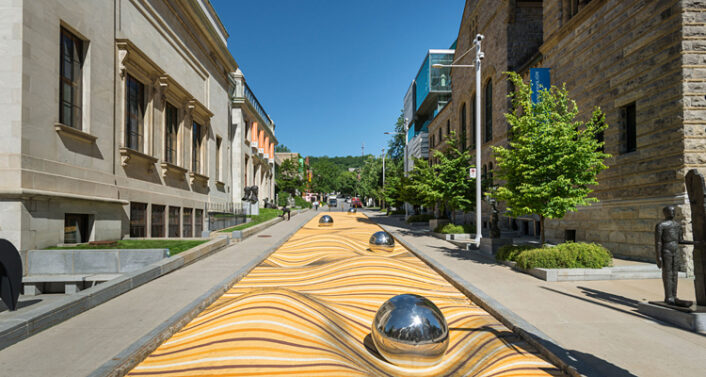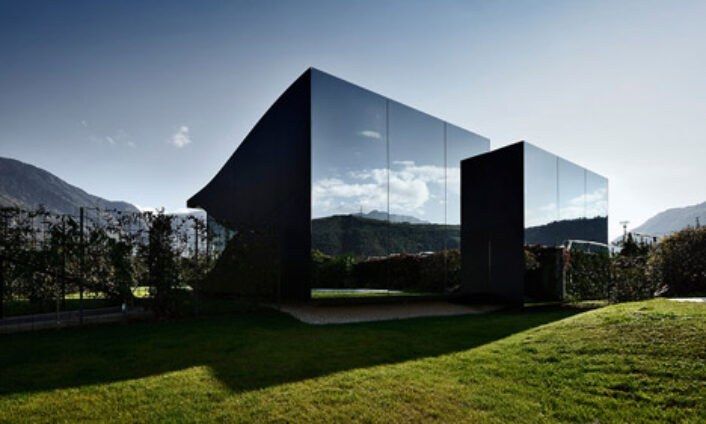Uncategorized
Moscow’s Black Square Installation
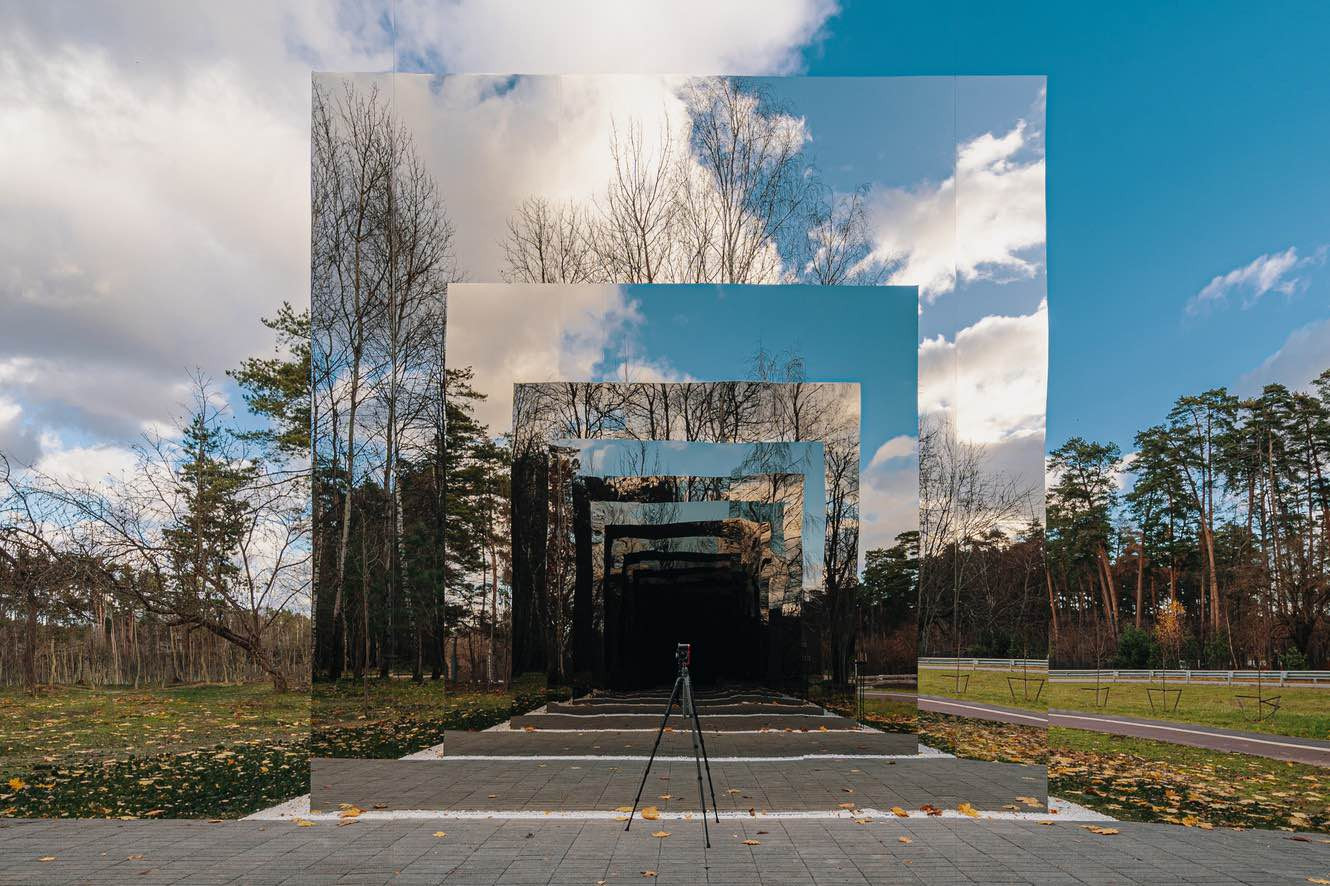
“Black Square”
Image courtesy of: Amazing Architecture, photographed by: Ivan Muraenko
Recently, Gregory Orekhov presented “Black Square” in Malevich Park, a park dedicated to the Russian avant-garde artist Kazimir Malevich. The installation offers a different perspective on the park thanks to the mirrored corridors that it creates.
The narrow path is upheld by a pair of black monoliths. As visitors travel between each sculpture, the blank slate becomes “an endless corridor of reflections”. This was created by two full-length mirrors that are made from highly polished stainless steel along the interior length of each monument. The effect becomes disorienting… and a reminder that nature is omni-present.
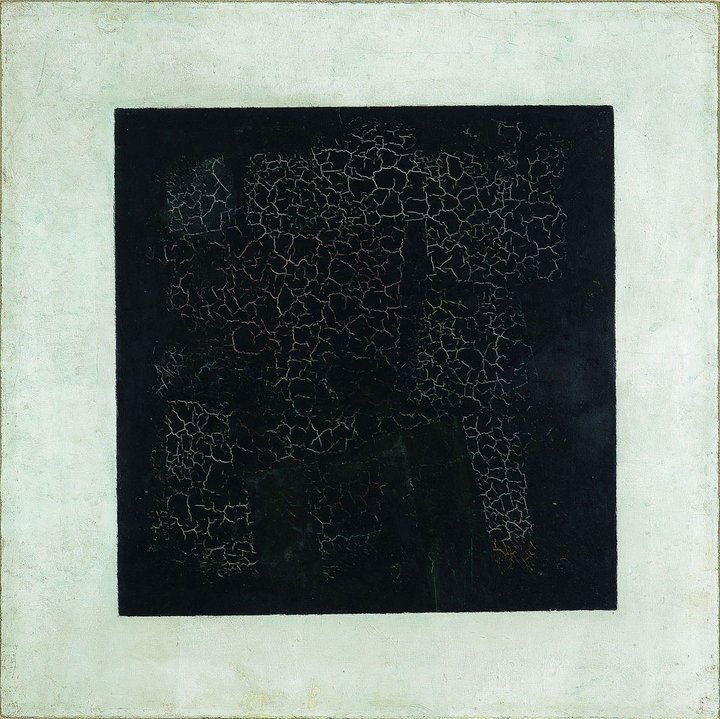
The painting was presented to the world after months of secrecy; then, it was hidden again for another half century.
Image courtesy of: Tate Kids
The installation is located in a park dedicated to Malevich. The park was a special place to the artist since the countryside landscapes were reminiscent to his favorite vacation spots, they were inspiration for his figurative style of work. This different style marks a new chapter for the artist’s work. It is only fitting that the park is the permanent home of Orekhov’s site-specific work.
Malevich invented Suprematism, a visual language filled with simple shapes and colors. This new art style was about “seeing and feeling art in a new way.” His most recognized painting was called “Black Square,” it was painted in 1915. The piece is made up of a simple singular shape and a single color. Omitting landscapes, people, and food, the painting was radical and progressive. “Black Square” quickly became one of the world’s most important works of modern art.
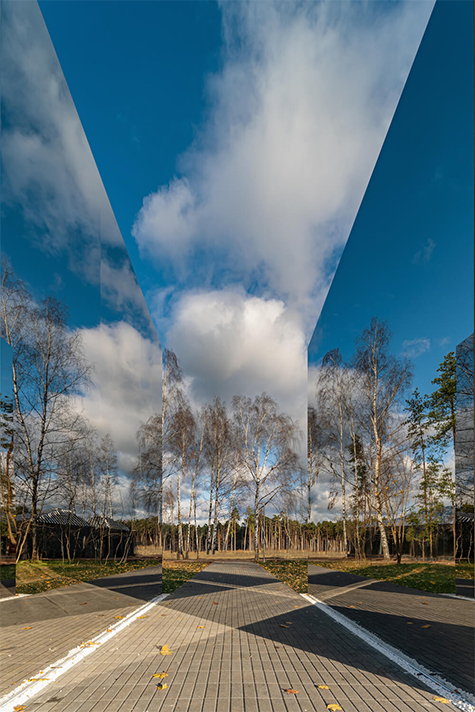
“Black Square” creates never-ending duplications of reflections in nature.
Image courtesy of: Amazing Architecture, photographed by: Ivan Muraenko
Utilitarian in form, “Black Square” is a mind-twisting presentation of the contrasts between inside and outside the installation. Once inside the “square,” you are forced to decide whether you enter the park or enter infinity… a decision that forces an evolution between what happens in real-life and what hasn’t happened due to the endless possibility of unfulfilled variations.
Orekhov planned for the mirrors to both blend into and contrast against the skies above and the surrounding greenery. Mikhail Sidlin, a curator and critic said, “Black Square transforms the viewer into an accomplice, falling into an endless corridor of reflections.”

Two gigantic monoliths.
Image courtesy of: Amazing Architecture, photographed by: Ivan Muraenko
Orekhov achieved the effect of experiencing infinity by placing two full-length mirrors made of polished stainless steel into the two halves of the cube. The steel sheets were made in Orekhov’s studio; there, the surface was polished to the highest level of processing.
The juxtaposition between Orekhov’s industrial piece and the park’s organic environment was the main intent. However, the artist also wanted to ensure that the installation “elevated the park’s natural qualities”. By choosing to insert mirrors on the towering work, viewers could admire the surrounding environment. The mirrored work presents boundless observation angles and different perspectives.

Into the clouds…
Image courtesy of: Amazing Architecture, photographed by: Ivan Muraenko
Mikhail Sidlin continues (courtesy of Amazing Architecture), “The viewer turns into an accomplice, falling into an endless corridor of reflections. The dynamics of the viewer’s movement become intriguing inside the static figure. The spatial development of the “Black Square” lies within the structure: the transition from Malevich’s two-dimensional form to the three-dimensional form of Orekhov. Yet, a different universe emerges inside the sculpture — a multidimensional space that resembles a “laughing room” or the sci-fi/horror “Cube.” Gregory Orekhov is perhaps the only Russian sculptor that works in true post-minimalism spirit: he combines a crude form with a theatre of emotions that ultimately draw one in.”
It is a lot to take in, consider, and ponder upon. However the experience is one that cannot be easily replicated and that is what makes it amazing.
